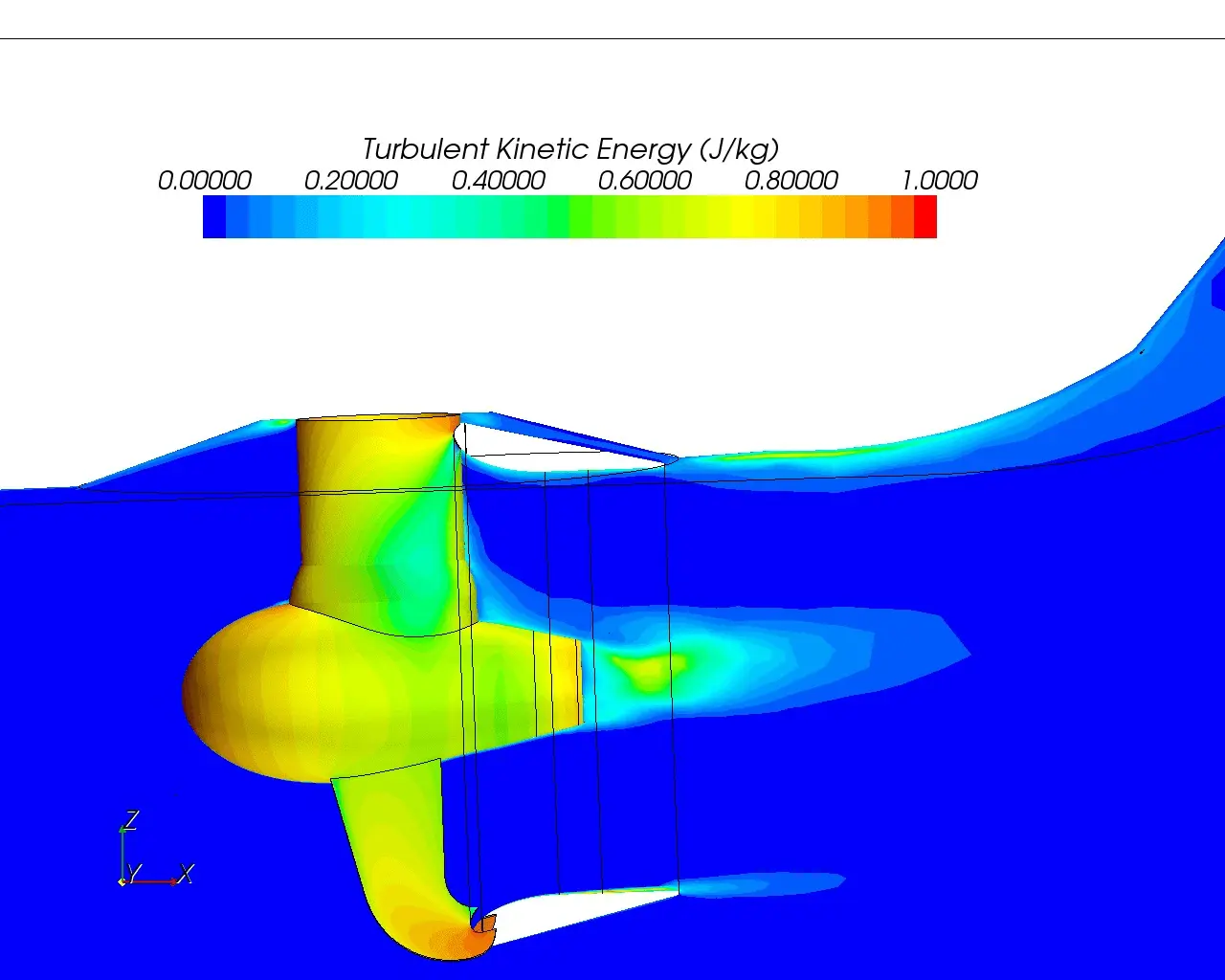Ship propulsion engineering
Maneuvering & DP
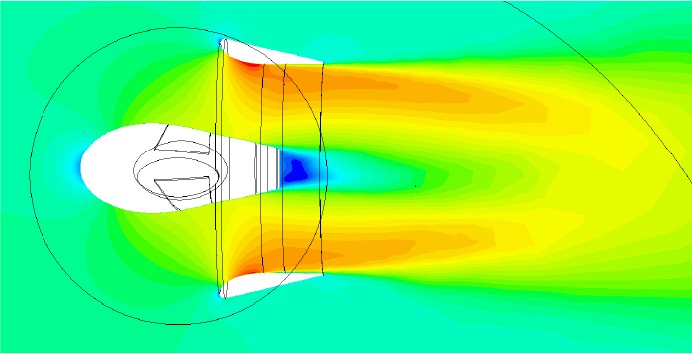
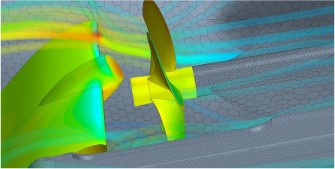
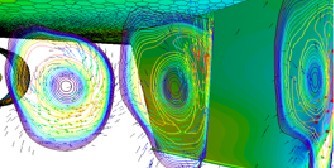
Manoeuvre capacity evaluation
Assessing the maneuverability of a ship in the preliminary project phase is a critical task for its future operation. Without the need for costly and time-consuming tests with scale models, CFD allows us to simulate all kinds of maneuvers quickly and reliably. All simulations follow the ITTC recommendations and have been validated against tank tests and / or sea trials.
Evolution circle
Improve your ship maneuverability
Calculation of the tactical diameter, advance and transfer in different propulsive regimes. The CFD simulation of maneuvers at low speed and with shallow and confined waters is very useful in the optimization of inland navigation vessels.
Hull, propeller and rudder geometries.
Simulation at different speeds and rudder angle
Side force, drag, turning ability
Rudder optimization
Course stability, zig-zag, spiral and “Pull out” test
The CFD allows to easily perform different types of maneuvers following the ITTC recommendations for determining course stability. It is essential to detect poor course stability as it is a characteristic of the hull that cannot be easily solved once the ship is built.
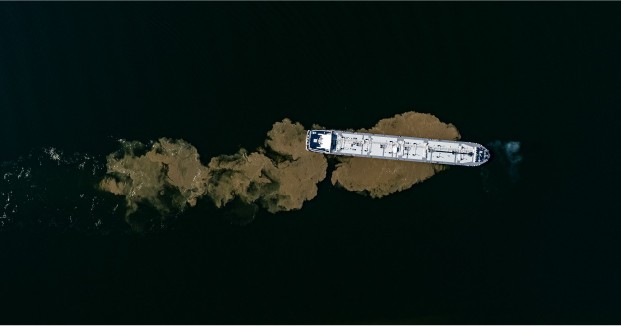
Crash stop
This stopping maneuver of the vessel is carried out in the CFD under self-propelled conditions, including the rotation of the propellers whether they are fixed pitch or controllable pitch, varying the angle of the blades.
Comparison
between rudder designs
The choice of the appropriate rudder design must be a compromise between adequate maneuverability and good propulsive performance since the rudder is a fundamental element in its interaction with the propeller flow. Small differences in blade profiles and designs can result in large improvements in maneuverability, reducing the tactical diameter without affecting power consumption in free running. We have experience on the design of special rudders like flap rudders and twisted rudder with bulb.
Lateral displacement or “crabbing”
- This maneuver determines the capacity of the ship to move laterally with a crosswind, in which we consider forces derived from the lateral wind, currents or waves.
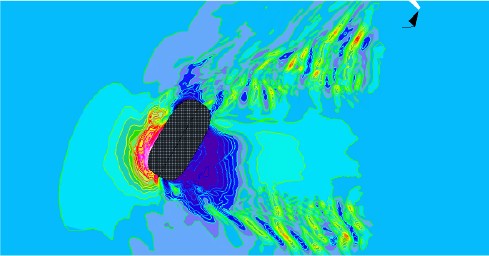
Interaction between azimuth
thrusters and dynamic positioning
Interaction of the flows of various azimuth thrusters in operation, determining the interaction between them and with the hull and its appendages as skegs. The thrust losses caused by the variation of the thrust deduction, as well as the loss of performance of the thrusters must be considered in the calculations of the dynamic position capability plot. In double ended ferries, it is common to study the operation of the stern thruster under the effect of the jet from the bow thruster, being this jet also affected by the central skeg.
